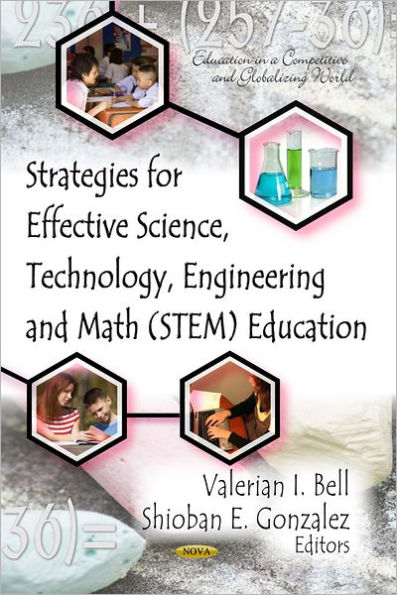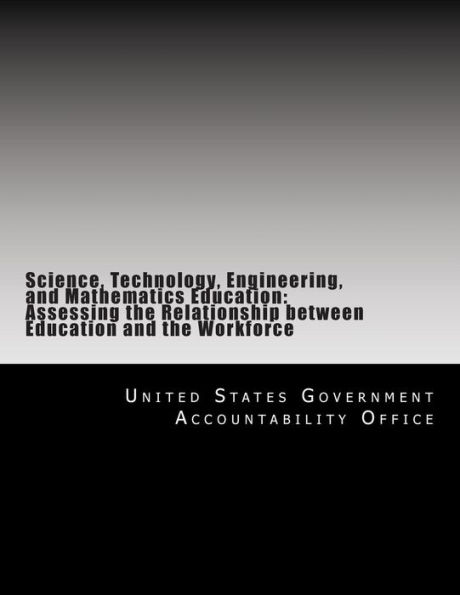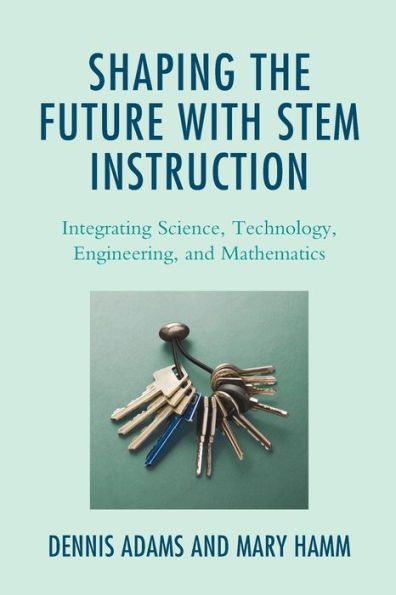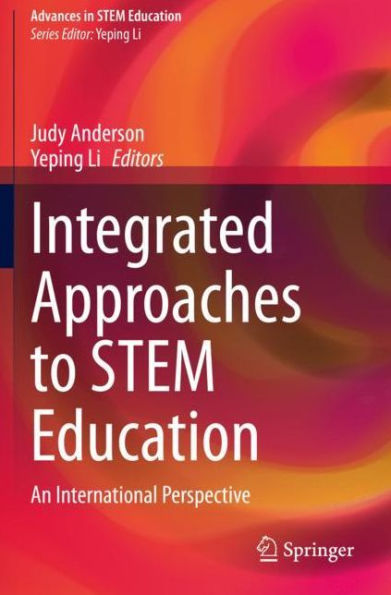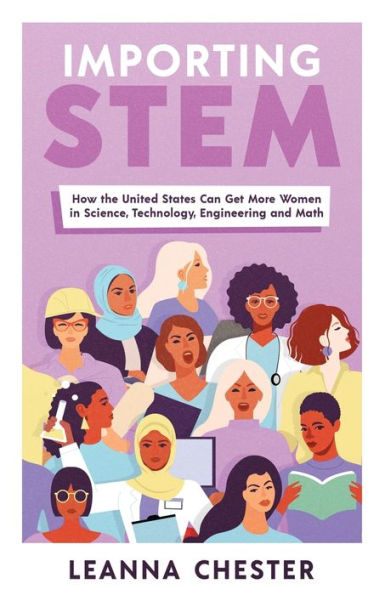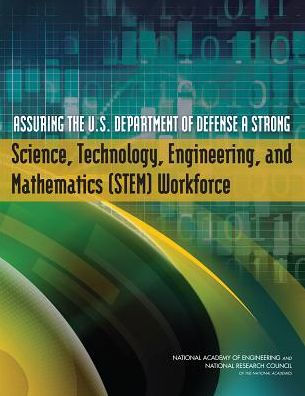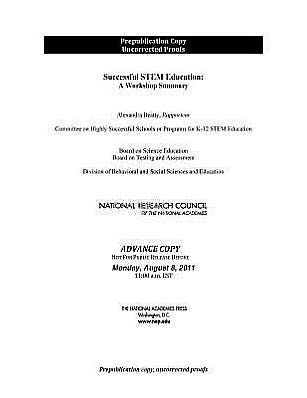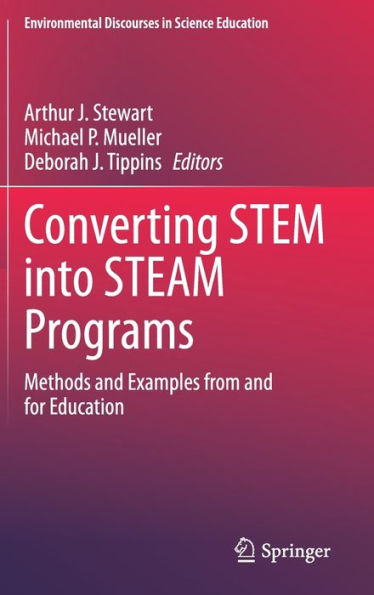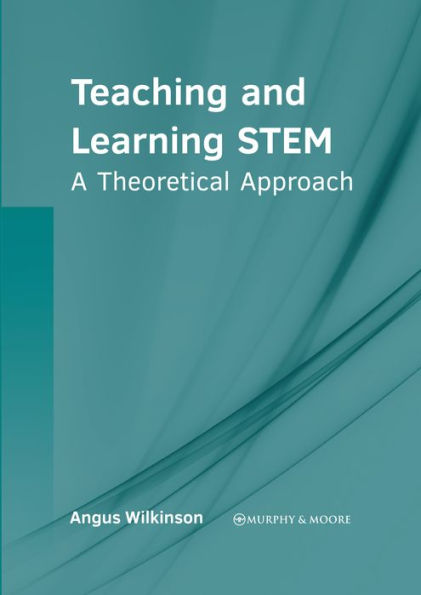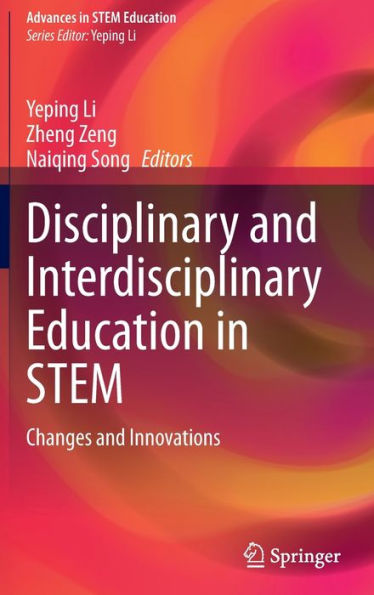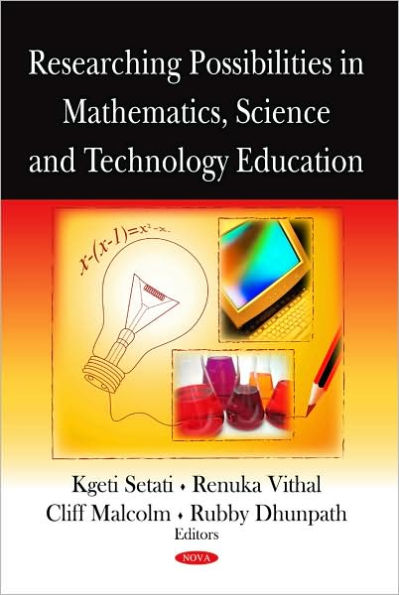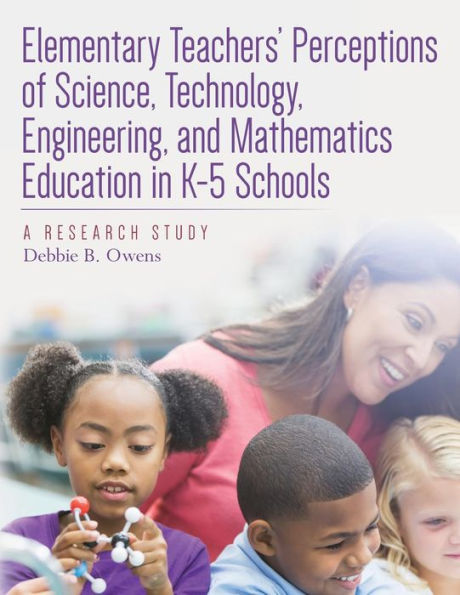Home
Science, Technology, Engineering and Math (STEM) Education: Elements, Considerations and Federal Strategy


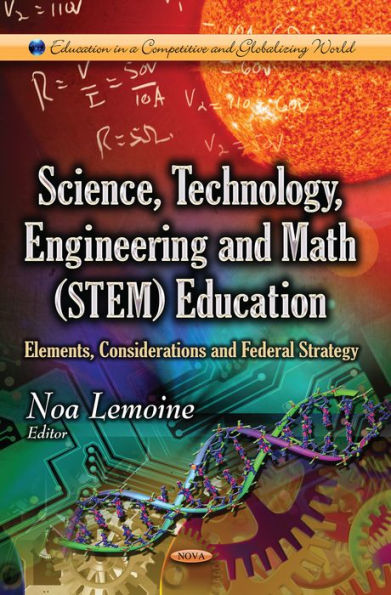
Science, Technology, Engineering and Math (STEM) Education: Elements, Considerations and Federal Strategy
Current price: $135.00
Loading Inventory...
Size: OS
The term "STEM education" refers to teaching and learning in the fields of science, technology, engineering, and mathematics. It typically includes educational activities across all grade levels from pre-school to post-doctoratein both formal (e.g., classrooms) and informal (e.g., afterschool programs) settings. Federal policymakers have an active and enduring interest in STEM education and the topic is frequently raised in federal science, education, workforce, national security, and immigration policy debates. For example, more than 225 bills containing the term "science education" were introduced between the 102th and 112th congresses. The United States is widely believed to perform poorly in STEM education. However, the data paint a complicated picture. By some measures, U.S. students appear to be doing quite well. For example, overall graduate enrollments in science and engineering (S&E) grew 35% over the last decade. Further, S&E enrollments for Hispanic/Latino, American Indian/Alaska Native, and African American students (all of whom are generally underrepresented in S&E) grew by 65%, 55%, and 50%, respectively. On the other hand, concerns remain about persistent academic achievement gaps between various demographic groups, STEM teacher quality, the rankings of U.S. students on international STEM assessments, foreign student enrollments and increased education attainment in other countries, and the ability of the U.S. STEM education system to meet domestic demand for STEM labor. This book is intended to serve as a primer for outlining existing STEM education policy issues and programs. It includes assessments of the federal STEM education effort and the condition of STEM education in the United States, as well as an analysis of several of the policy issues central to the contemporary federal conversation about STEM education.
